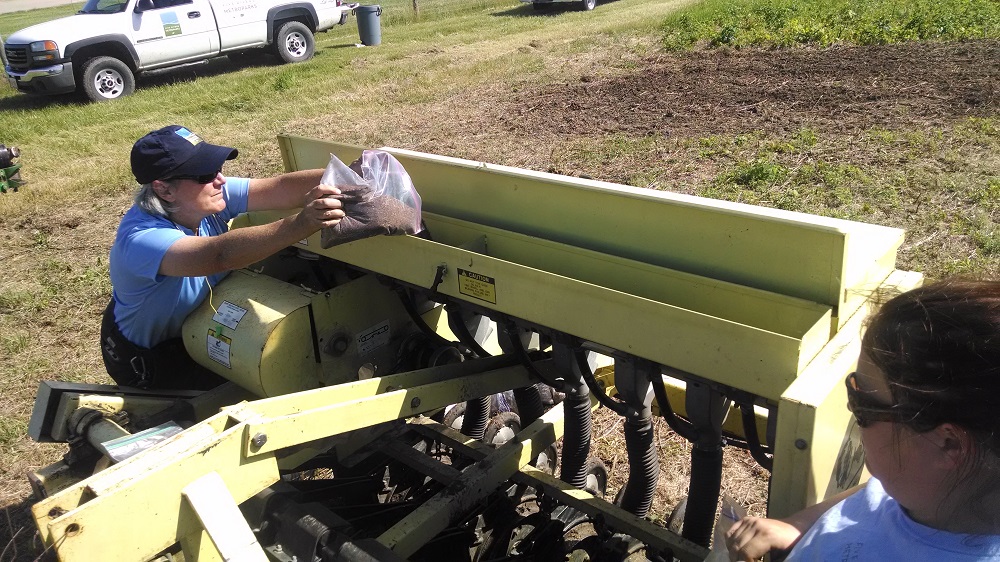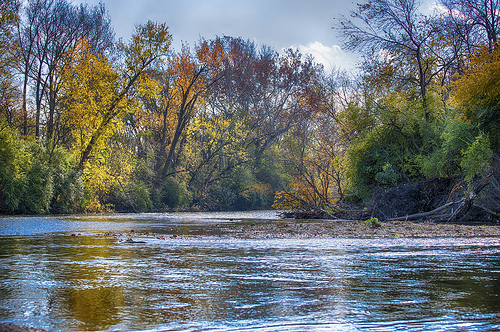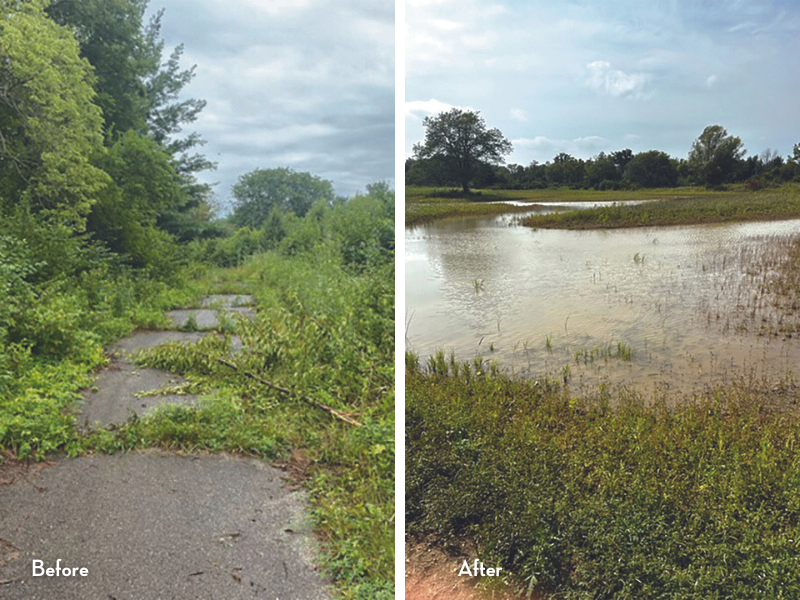Published May 11, 2018
Ripple Effect
Heads up! This article was published 6 years ago.

Healthy rivers mean healthy wildlife
The cascading positive effects of reforestation have been well documented and can be seen in Dayton — as evidenced by the return of bald eagles.
According to the Ohio Department of Natural Resources, bald eagles were near extinction just 40 years ago due to the effects of the chemical DDT and habitat loss. As of 1959, scientists had documented only 15 nests in Ohio, but as of 2017 there were 221. Laws such as the Endangered Species Act and the Bald and Golden Eagle Act have assisted with these repopulation efforts. Yet the current abundance of eagles in Dayton can be attributed to the healthy rivers and habitats in the area — and your Five Rivers MetroParks has and continues to serve as a conservation leader, ensuring those natural areas remain healthy.
MetroParks and its community partners have significantly improved local habitats after years of such conservation practices as reforestation. An abundance of trees plays a big role in creating a stable, healthy river: Trees protected and planted as part of reforestation cultivate an ecosystem that’s favorable for aquatic animals by providing nutrients, temperature-stabilizing shade and more.
“Residents of southwestern Ohio now feel safer around the rivers, and because the rivers are more stable and the forests are more robust, greater populations of once-dwindling wildlife have returned to the Miami Valley — from bald eagles to beavers,” said Mary Klunk, Five Rivers MetroParks regional conservation manager. “Protected lands along rivers and streams provide valuable connections to larger natural areas, much like hallways connecting rooms.”
Integral to its mission to protect the region’s natural heritage, Five Rivers MetroParks leases the land around four dams at Huffman, Englewood, Taylorsville and Germantown MetroParks. Surrounding the river’s dams is land that contains some of the largest and oldest forest tracts in Montgomery County.
The old-growth forests in these tracts as well as the newly planted trees along the rivers provide utility. Much like a sieve, the deep-rooted trees and other organic materials slow down water, preventing a sudden influx or flood from hitting streams and rivers. Similar to the kidneys, trees act as filters, trapping nutrients and fine silt to hold soil in place. Additionally, trees provide food and shelter for many animals — and enjoyment for humans. The trails, shelters, campgrounds and other places found in the forests of your MetroParks are popular places to experience the outdoors and connect with nature.
Learn more about MetroParks’ conservation initiatives at metroparks.org/conservation.





